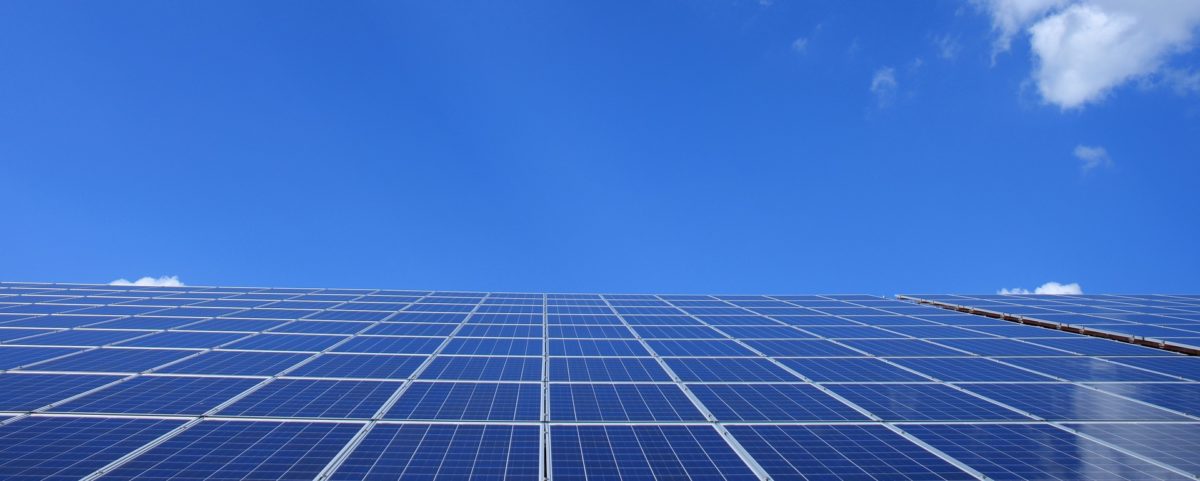By David Toke
The UK Government could be poised to scrap commitments for a programme of energy efficiency and, alongside this, postpone programmes being proposed to boost energy efficiency of buildings. Instead the gas lobby will be given full rein. A range of Government departments and agencies trying to implement democratic comitments are being eclipsed in influence by a sinister ‘deep state’ that claims to really know popular will.
In a report in the Financial Times the Government, advised by Dominic Cummings, is said to be sidelining the £9.2 billion Conservative manifesto commitment for ‘energy efficiency of homes, schools and hospitals’ (page 55) because it is ‘boring’.

